Ashwin Kumar knows exactly what he’s up against. The director behind Mahavatar Narsimha, the upcoming animated epic that kickstarts India’s most ambitious mythological film franchise to date, is steering into uncharted territory on technical, commercial, and cultural fronts. “By no means is this the best animation in the world,” he says. “But it’s a step towards that for India and we have to make it better.”

Ashwin and his team of animators at Kleem Productions are laying the groundwork for the Mahavatar Cinematic Universe, a seven-film saga chronicling the ten avatars of Lord Vishnu. With Mahavatar Narsimha releasing theatrically on July 25 — in 3D and across five Indian languages — it’s a statement of intent and a litmus test for what India’s dormant animation industry might grow into if it learns to back its own stories.
“There’s so much anxiety, depression, and conflict,” Ashwin says. “We need a spiritual anchor. And the perfect deity for that is Lord Narasimha.” Initially a fledgling conversation among friends in 2008, his vision has since grown into a sprawling cinematic mission. But it wasn’t until years later, armed with conviction and collaboration, that Ashwin began building a team and a pipeline from scratch.
Instead of a standalone project, he chose the format of a cinematic universe to reflect the larger arcs across the ten avatars of Vishnu, spanning over a decade’s worth segments — Mahavatar Narsimha (2025), Mahavatar Parshuram (2027), Mahavatar Raghunandan (2029), Mahavatar Dwarkadhish (2031), Mahavatar Gokulananda (2033), Mahavatar Kalki Part 1 (2035), and Mahavatar Kalki Part 2 (2037).

‘Mahavatar Narsimha’ director Ashwin Kumar | Photo Credit: Special Arrangement
While Mahavatar Narsimha will inevitably be compared with Western animation powerhouses, Ashwin is focused on carving out a distinctly Indian idiom. One that, like China’s Ne Zha 2 or Pakistan’s The Glassworker, can eschew mimicry and find its roots in indigenous storytelling. “We must stick to our story, stick to our roots,” he says. “All the archetypes are already present here, and they’ve been drawn from us by the world out there.”
Films like Jiaozi’s Ne Zha 2 have already proven that culturally anchored narratives told through local aesthetics can not only move audiences but also make a killing at the global box office. Meanwhile, Usman Riaz’s The Glassworker has demonstrated how intimate hand-drawn animation can become a cultural milestone. And so, the goal for Ashwin isn’t technical parity with the West, rather a sense of spiritual clarity. “We should inherit the West’s standards of quality, and maybe even go beyond,” he adds.

The core of his vision is the persistent belief that India deserves world-class animation and is entirely capable of creating it on its own terms. “We do have a lot of talent here,” he says. “But we do not quite have a doctrined animation industry like Japan, the United States, Korea or China. And it’s about time we step up.”
But he’s also cognisant about the limitations Indian animators face. “They’re serving the outsourced way too much, and not believing in their own indigenous stories” he says. “Taking the plough in their own hands is what Indian animation really needs to do.” His own attempted spiritual retelling told through the wrappings of a blockbuster is a countercultural moment and a commercial gamble.
One of Ashwin’s bolder decisions was opting for a realistic 3D style for the franchise that could cut across age groups and geographies, over a niche 2D visuals. “To revitalise Indian animation requires for it to be accepted and embraced en masse. And to do something en masse, it needs love and validation on a country level,” he explains. “We had to break that stereotype because this industry and this land really needs it now.” The realism, he believes, anchors the emotional and spiritual stakes of the narrative.

A poster for ‘Mahavatar Narsimha’ | Photo Credit: Special Arrangement
Technically, the film is stitched together through a combination of industry standards and open-source ingenuity. Ashwin initially experimented with Blender — the free-to-use software that was made to produce last year’s Oscar-winning Latvian indie, Flow — but struggled to find artists trained in it. Eventually, the animation was executed in Maya, effects in Houdini, and everything rendered back into Blender and composited in Nuke. “We had to tailor-make the pipeline,” he says. “And by the next film, we’ll have more open-source software to bring the costs down. Maybe even integrate AI tools for faster production.”
This piecemeal, problem-solving approach has become a defining trait of Mahavatar Narsimha’s production. Ashwin names a few early collaborators — his producer Shilpaa Dhawan, and the studio behind K.G.F., Salaar and Kantara, Hombale Films — who helped keep the project afloat during two COVID waves and beyond. “They believed it could happen. That really means a lot to me.”
As someone who came into animation through theatre, choreography, music, and storytelling, Ashwin credits his spiritual journey as the thread that ties it all together. “I’ve been into art all my life,” he says. “But I think it all came down to one epiphany — my spiritual awakenings. That manifested into what we are seeing today.”
So what does success look like? Ashwin seems more interested in how the film may resonate culturally over how it performs at the box office. “I want people to see the astute faith of Prahlada,” he says. “To carry an iota of that with them into their lives.”
His tastes are telling. His favourite Indian animation? The iconic 1993 Indo-Japanese Ramayana. “That’s an epic in my mind.” From the West, it’s the original 1994 Lion King that left its mark. And from beyond that, he singles out Kentaro Miura’s cult-classic Berserk. “One of my all-time favourites,” he says.

Despite the challenges of building a team, a pipeline, and a belief, Ashwin seems pleasantly undeterred. If anything, the ambition behind the Mahavatar universe feels almost provocative. Can Indian animation finally tell its own stories, on its own scale, with its own sense of mythic grandeur?
“It’s never been done before,” he says. “But Bharat is the place that does it.”
Mahavatar Narsimha hits theatres on July 25

 6 hours ago
1
6 hours ago
1
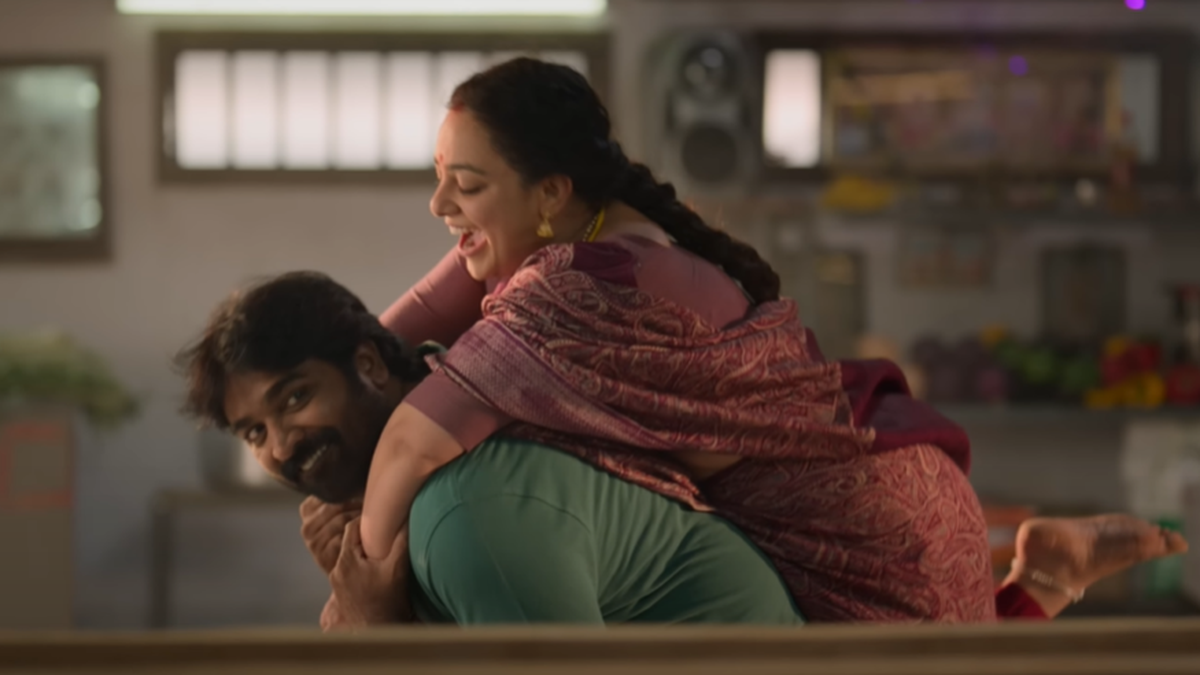

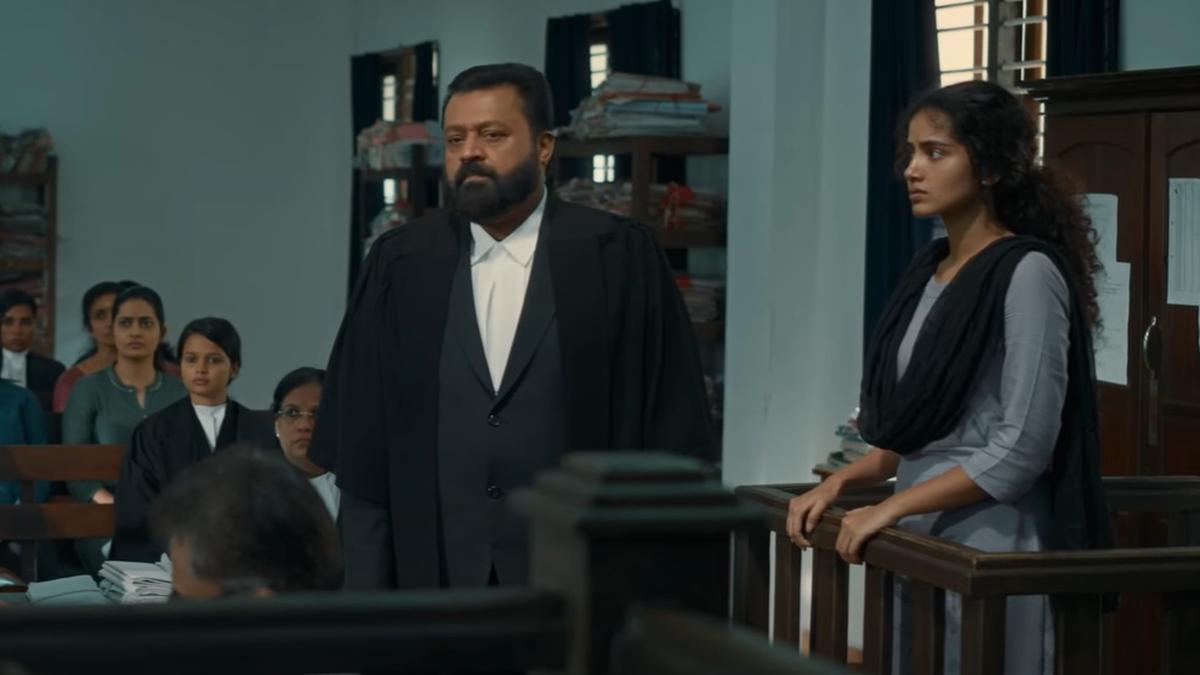

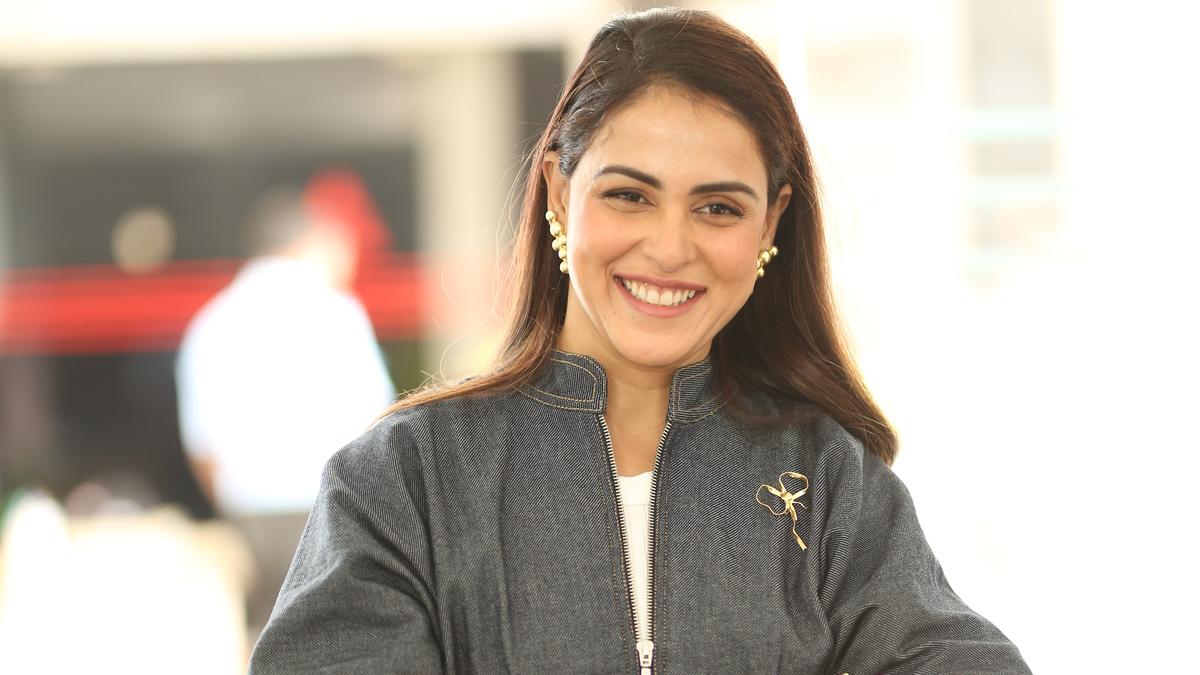
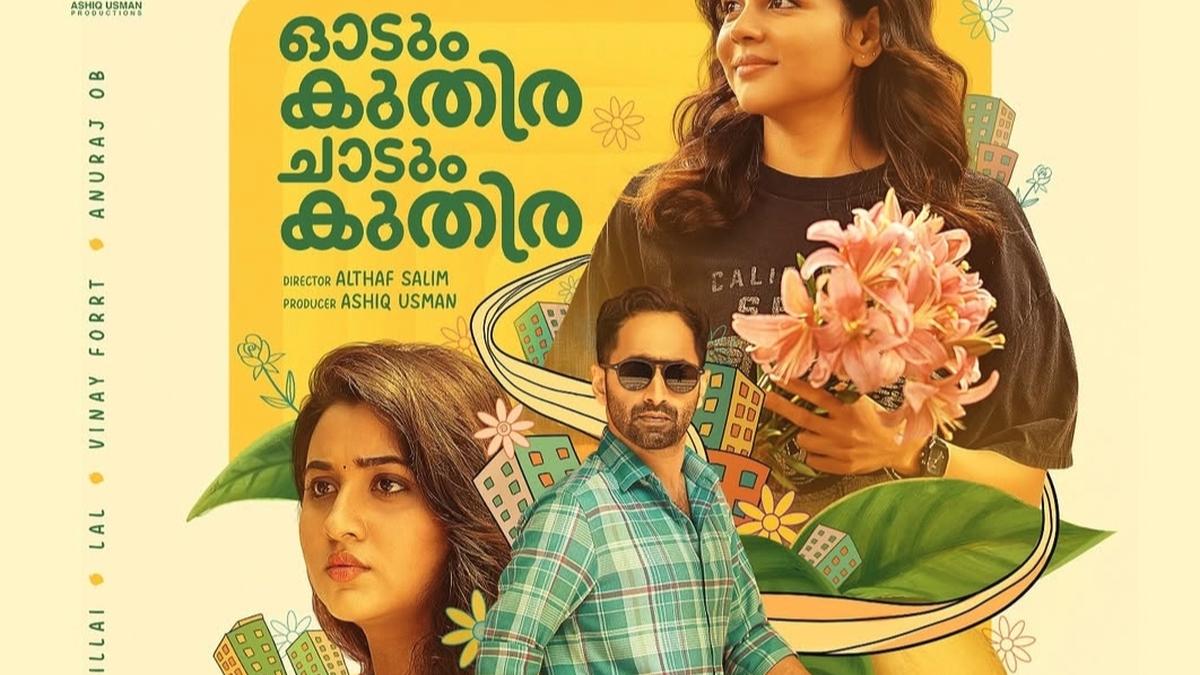



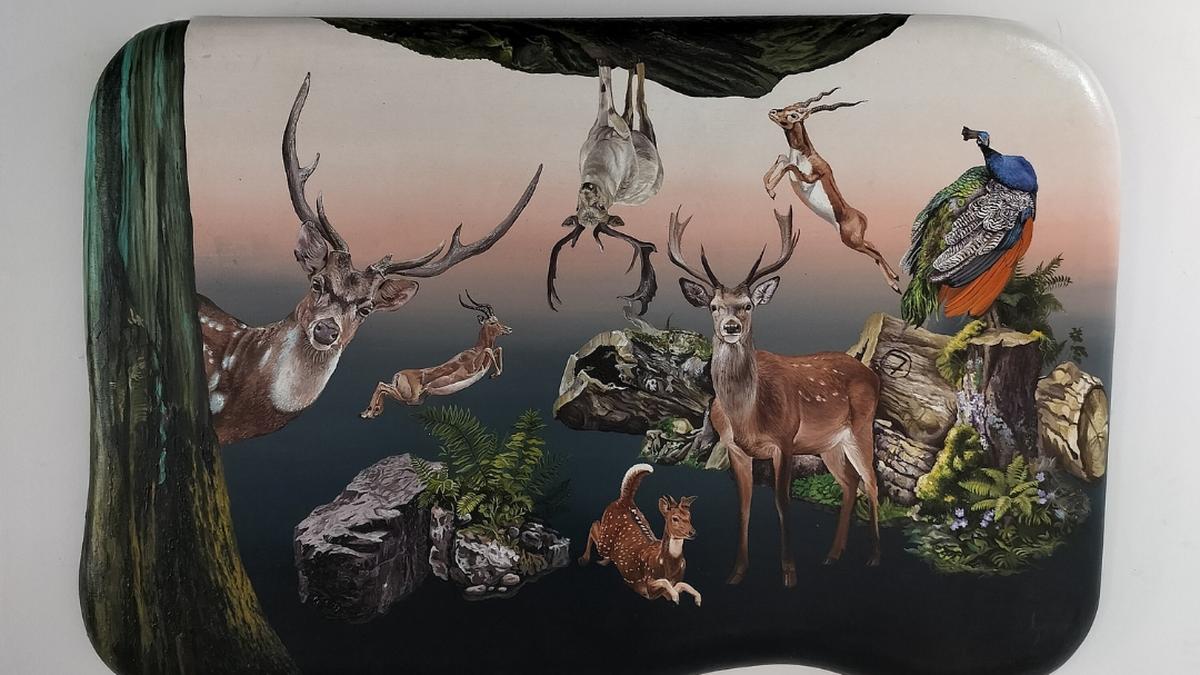







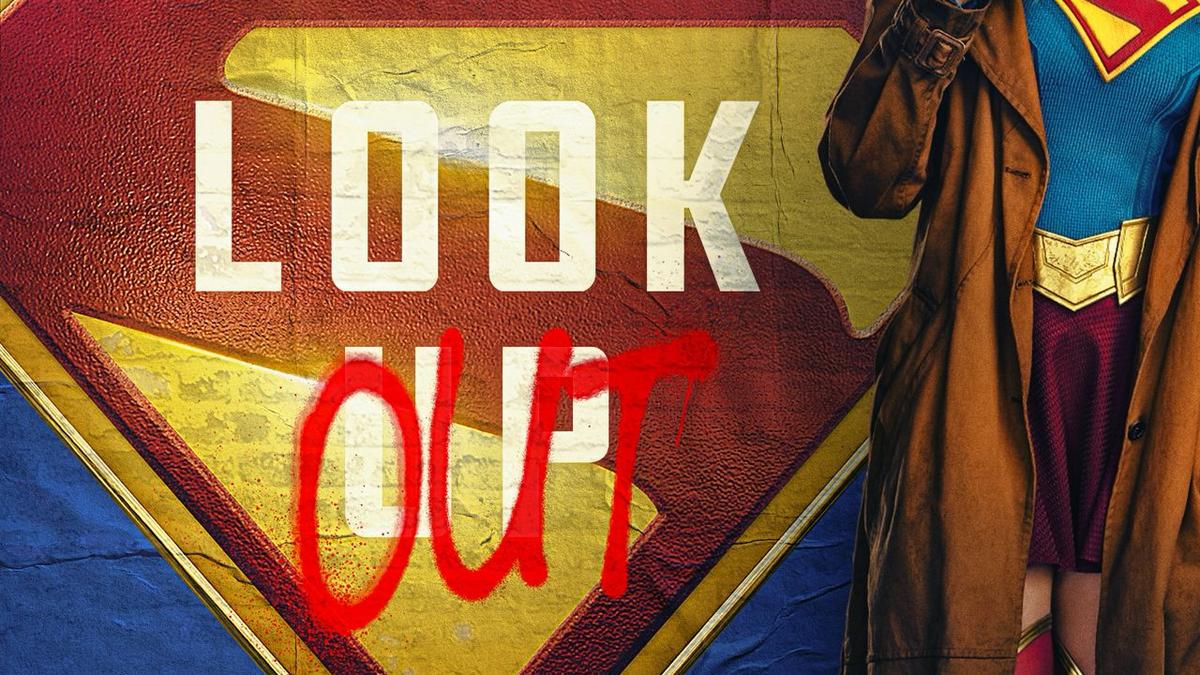



 English (US) ·
English (US) ·